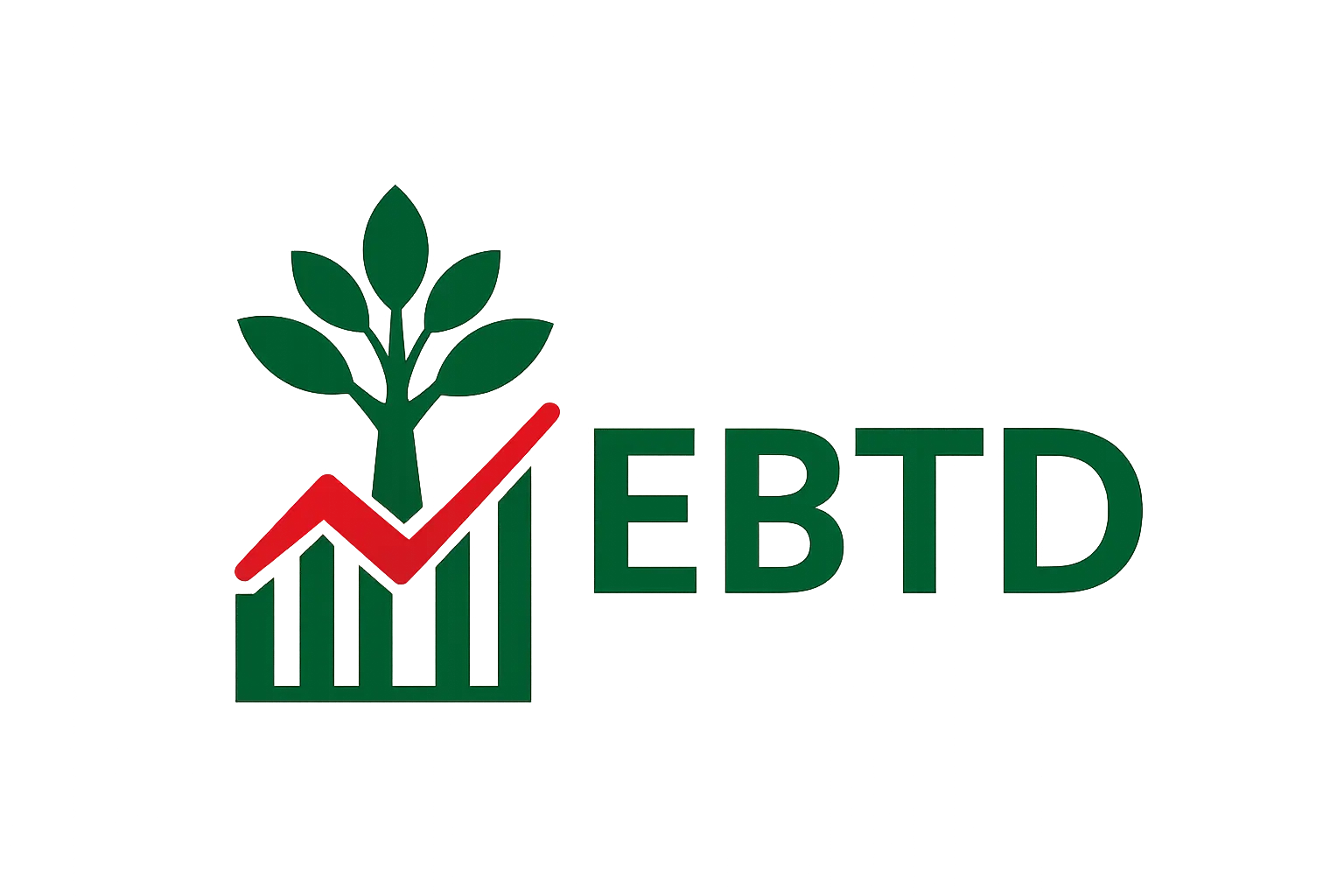🎙 Episode Summary
In this Research Bites deep dive, we unpack one of the most influential education research reports of the last decade: What Makes Great Teaching (Coe et al., 2014). Focusing on the Bangladeshi classroom context, we highlight five golden nuggets of evidence that define effective teaching and show how they can be translated into practical, low-cost strategies. From understanding misconceptions to building positive classroom climates, embracing “desirable difficulties,” and sustaining professional growth, this episode offers both inspiration and concrete tools for teachers and leaders working with large classes and limited resources.
We’ve also written a blog to accompany this podcast and research – The Making of a Great Teacher: Lessons from Research and the Classroom
